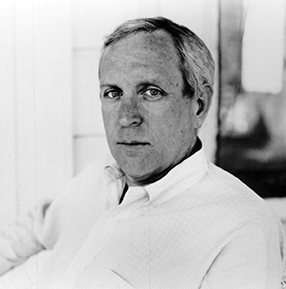Yellow Beak
A man owns a green parrot with a yellow beak that he carries on his shoulder each day to work. He runs a pet shop and the parrot is his trademark. Each morning the man winds his way from his bus through the square, four or five blocks. There goes the parrot, people say. Then at night, he comes back. The man himself is nondescript—a little overweight, thinning hair of no color at all. It’s like the parrot owns the man, not the reverse. Then one day the man dies. He was old. It was bound to happen. At first people feel mildly upset. The butcher thinks he has forgotten a customer who owes him money. The baker thinks he’s catching a cold. Soon they get it right—the parrot is gone. Time seems out of sorts, but sets itself straight as people forget. Then years later the fellow who ran the diner wakes from a dream where he saw the parrot flying along all by itself, flapping by in the morning and cruising back home at night. Those were the years of the man’s marriage, the start of his family, the years when the muddle of his life began to work itself out; and it’s as if the parrot were at the root of it all, linking the days like pearls on a string. Foolish of course, but do you see how it might happen? We wake at night and recall an event that seems to define a fixed period of time, perhaps the memory of a beat-up bike we had as a kid, or a particular chair where we sat and laughed with friends; a house, a book, a piece of music, even a green parrot winding its way through city streets. And do you see that bubble of air balanced at the tip of its yellow beak? That’s the time in which we lived.
Credit
Reprinted with permission of Penguin Books, a division of The Penguin Group (USA) Inc.
Date Published
01/01/2005

